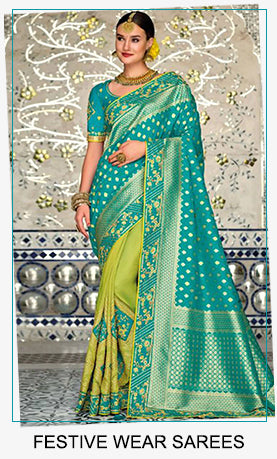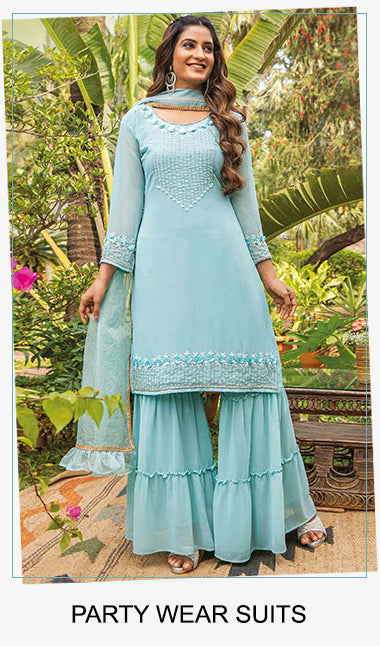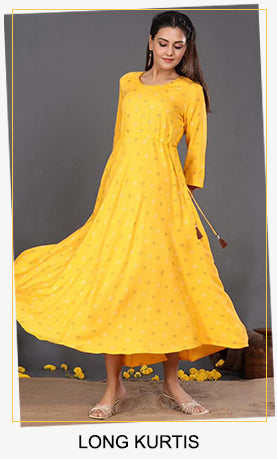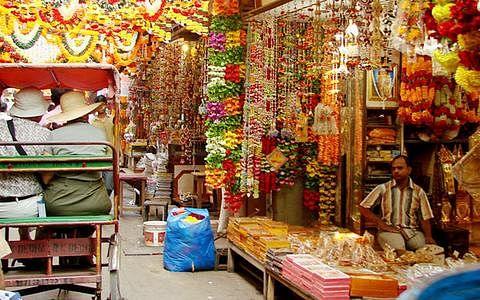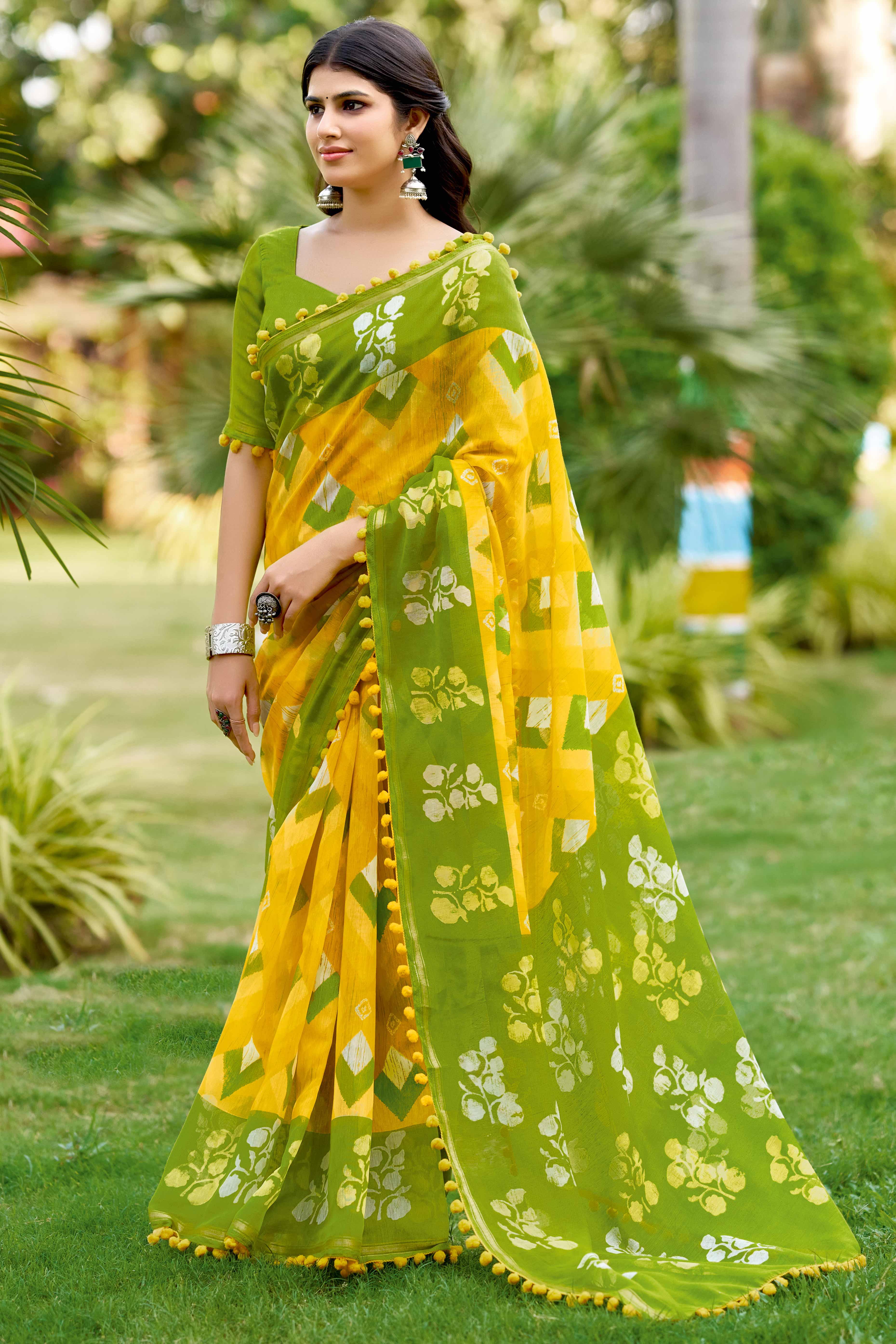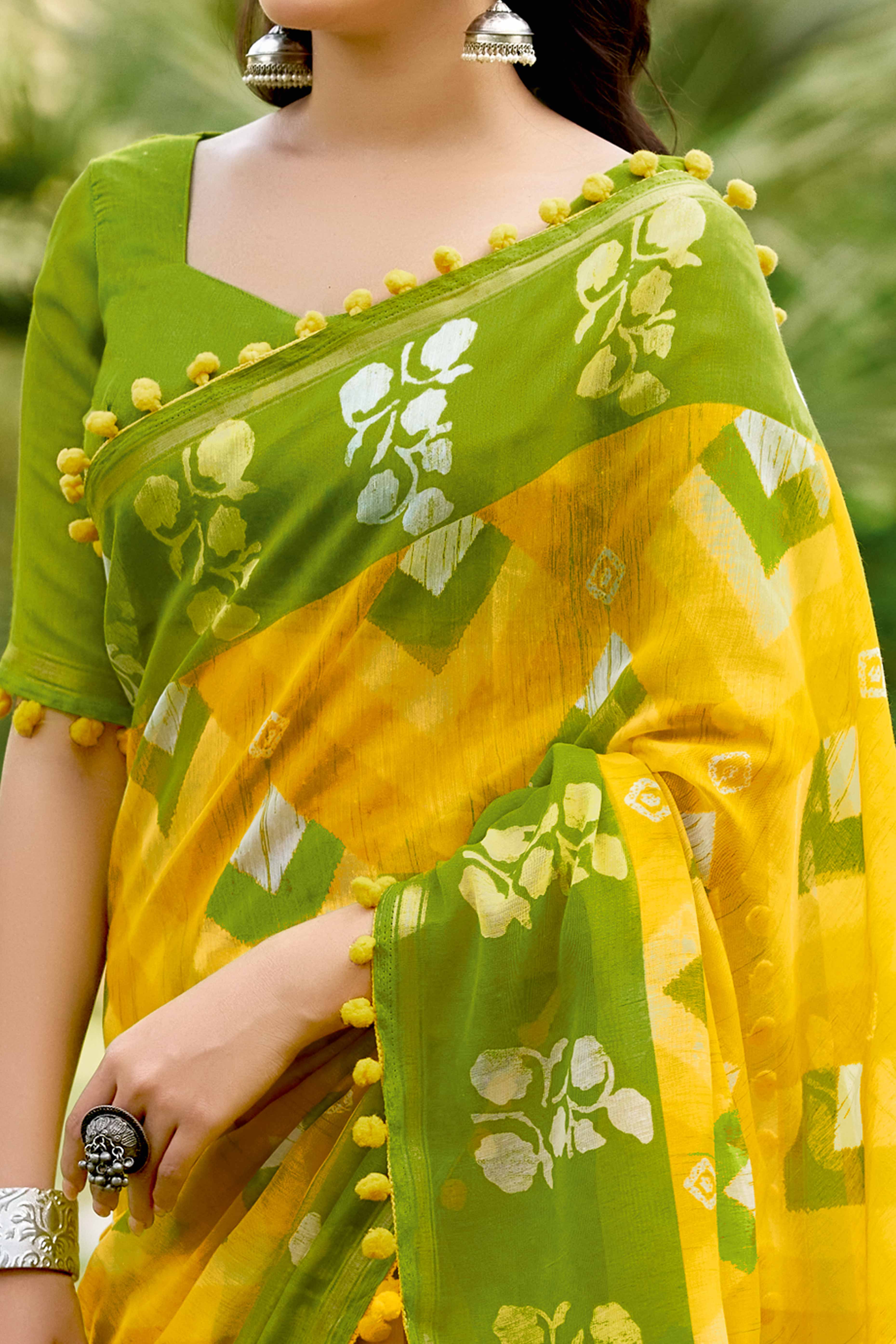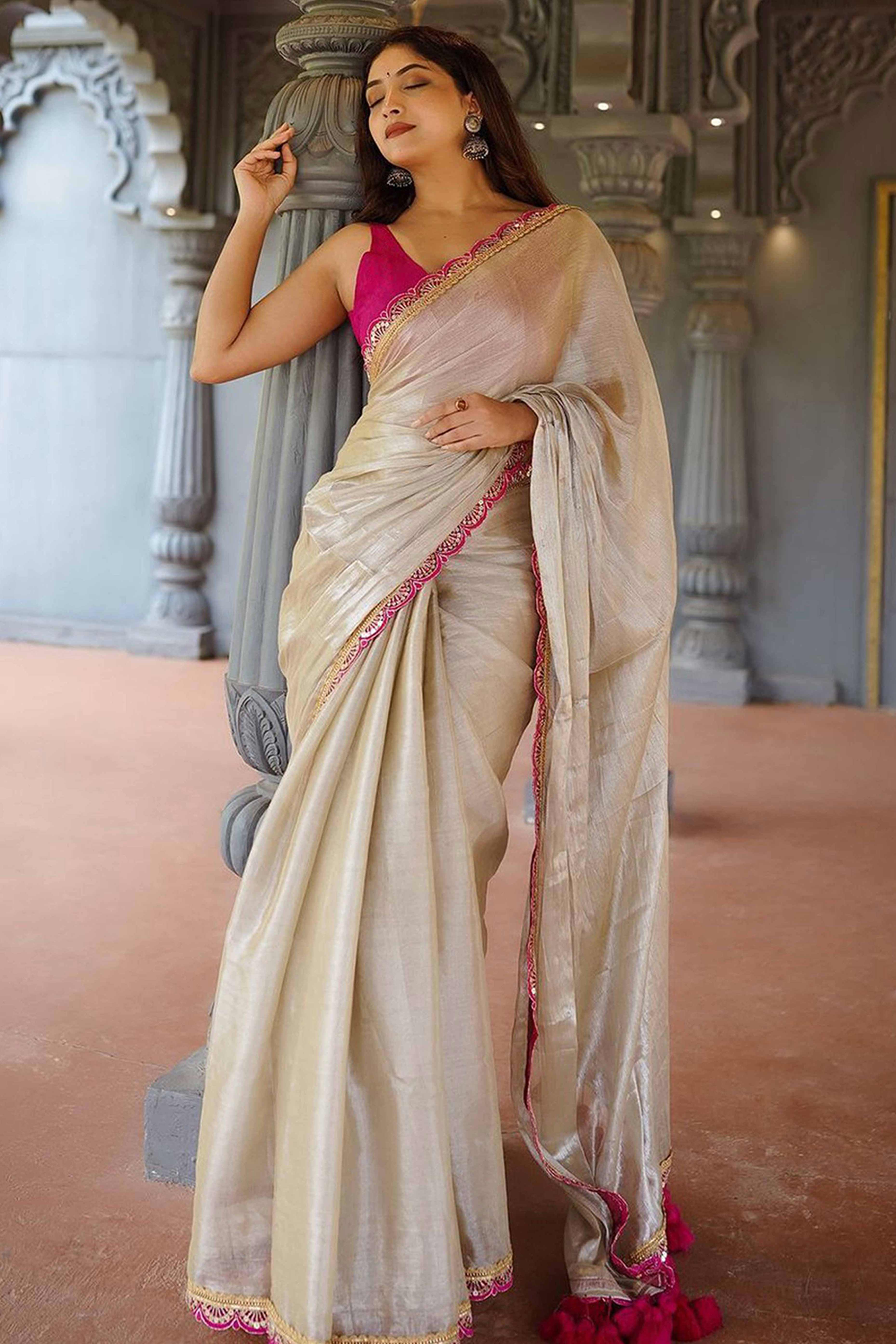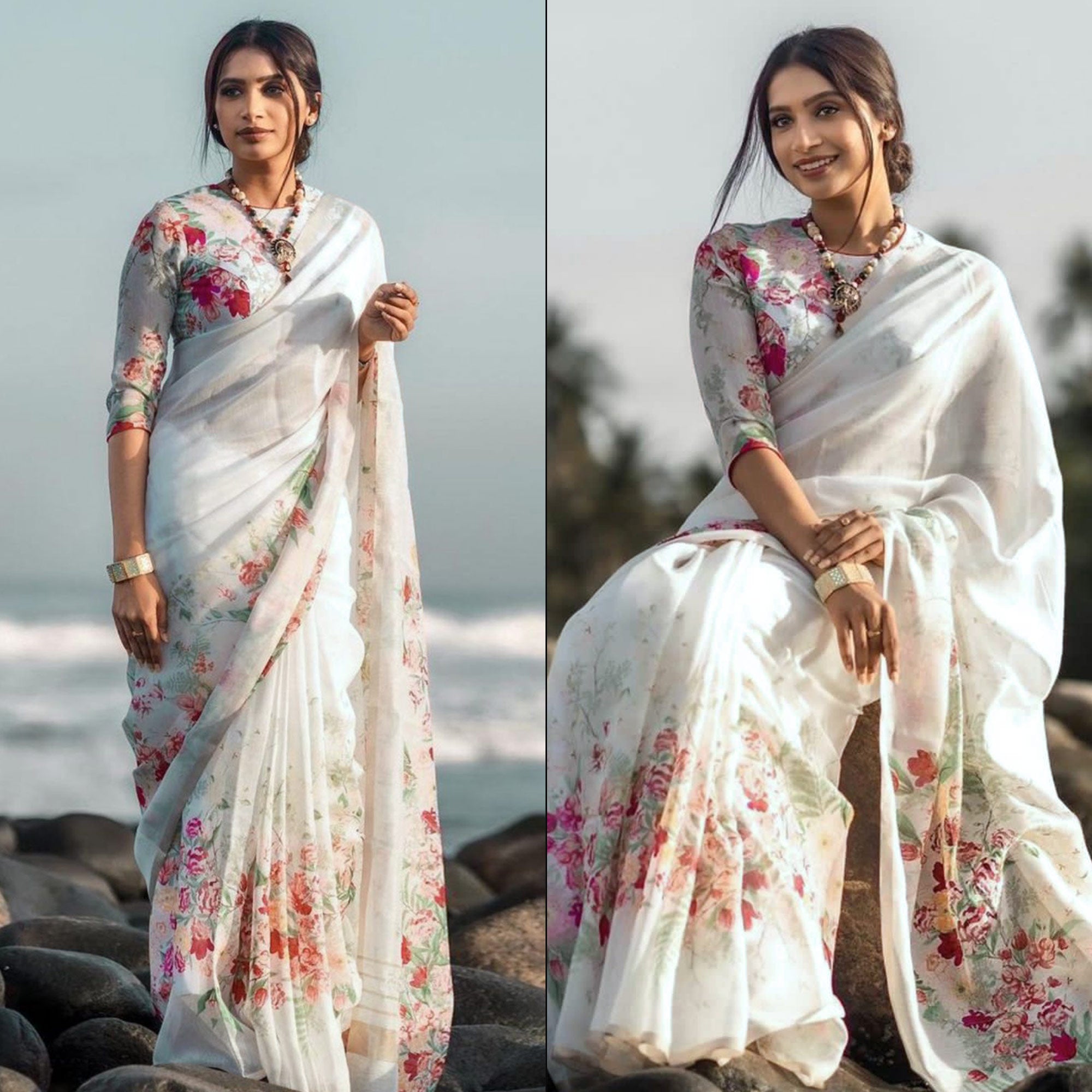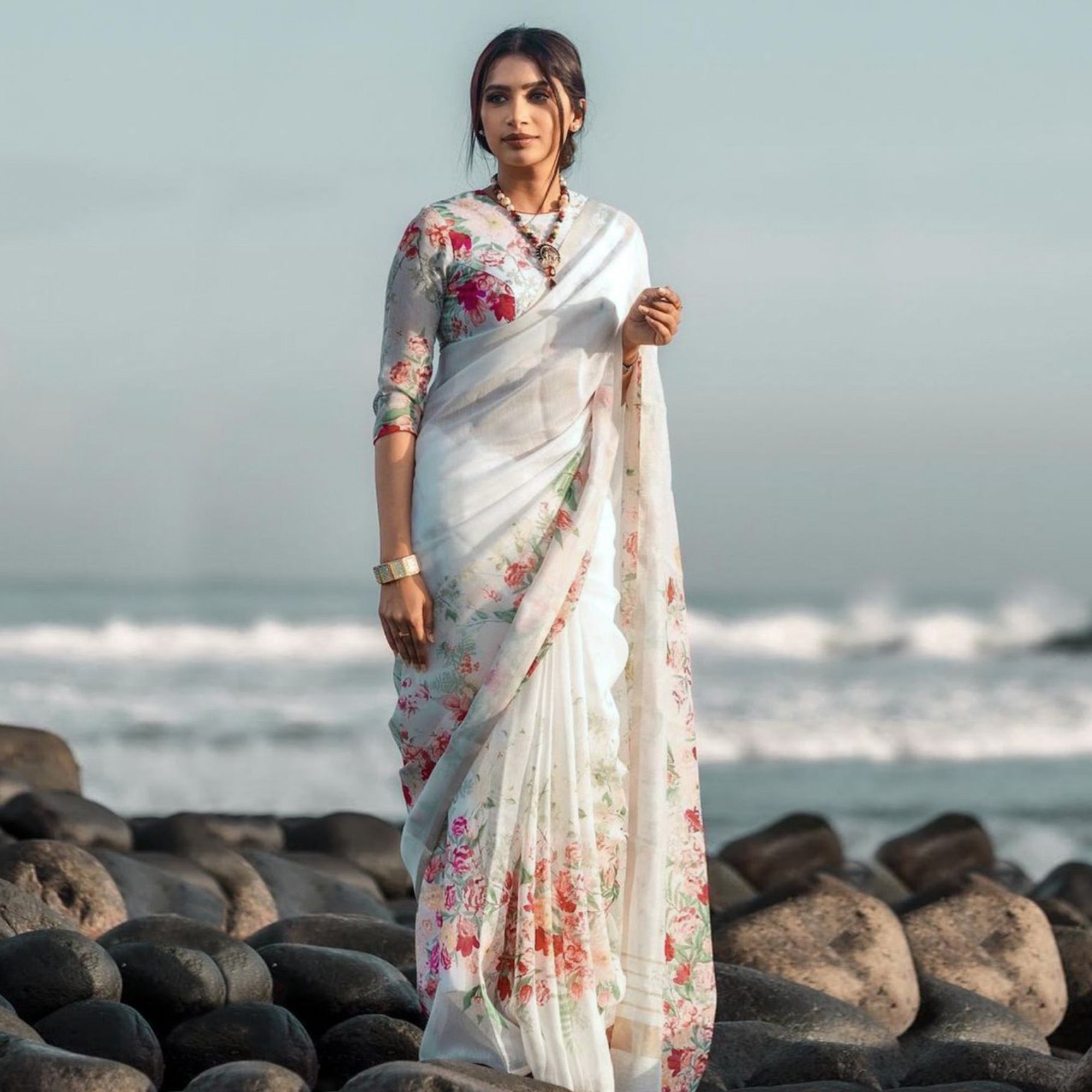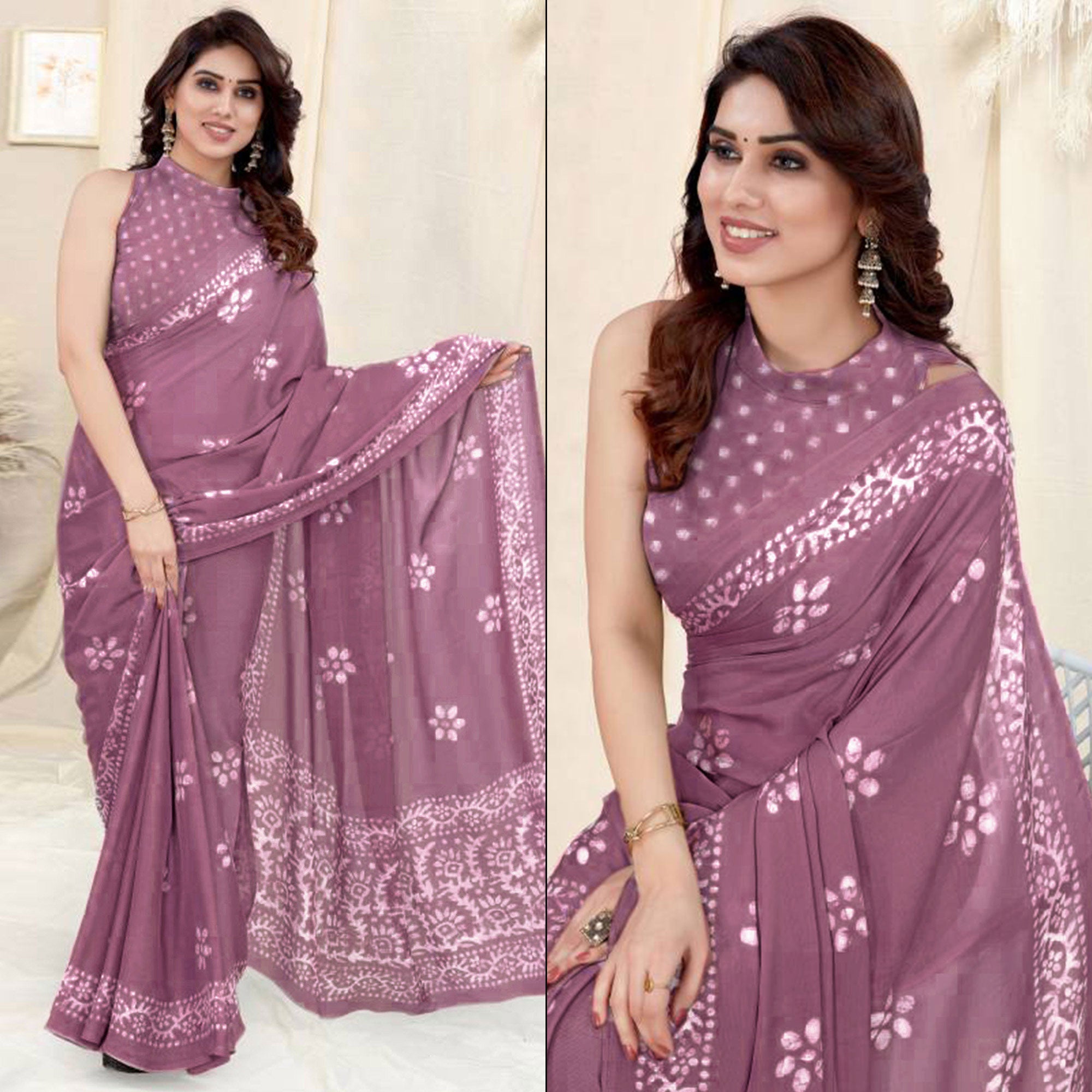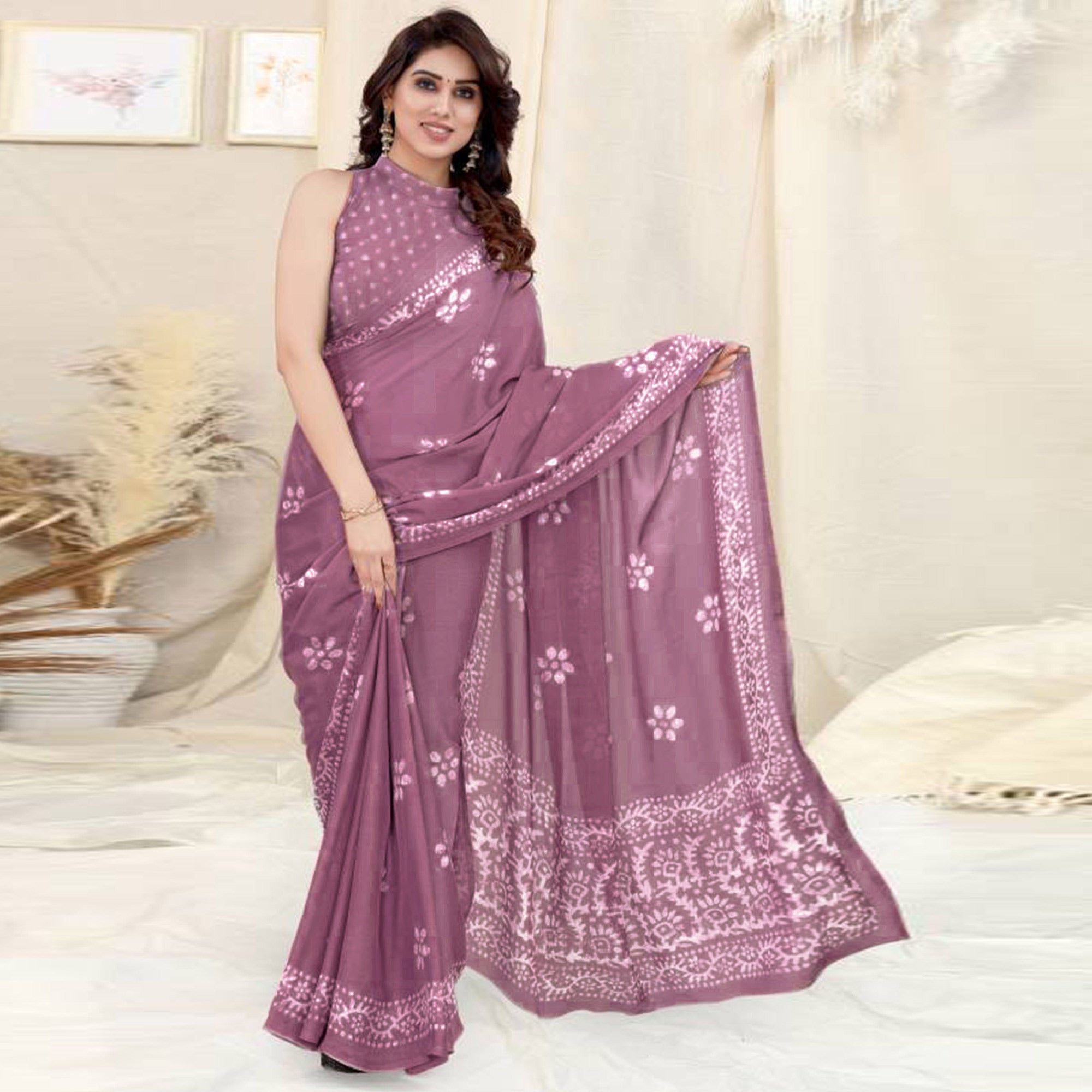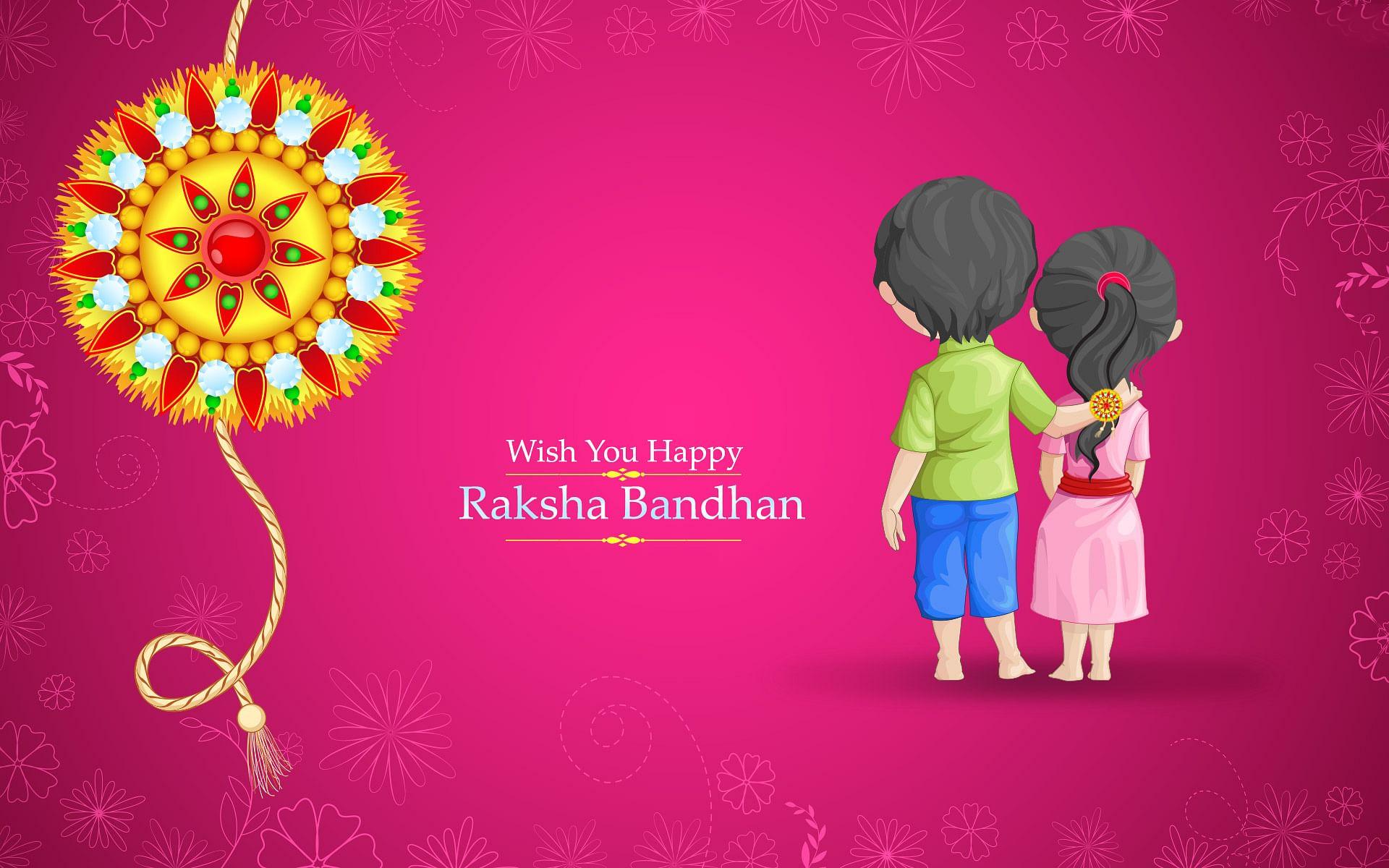While many believe that the hype around Chandni Chowk is limited to Jama Masjid and the Red Fort, the truth is that this locality is one of the most culturally diverse sections of India, both in times gone by and the modern era. Delhiites swear by the food and shopping options you can find here, but there is a lot more to these bustling lanes than meets the eye!
Historic and Cultural Significance of Chandni Chowk
Chandni Chowk Delhi was once the largest trade center in Northern India, with goods flowing into the country and being distributed to other areas through here. At the same time, Shah Jahan wished for a cultural hub where Indians, Muslims, Parsees and other communities could set aside their differences in the pursuit of art, music and other creative fields, with melodious Urdu as a common language.

The market is a riot of colors – a true feast for the eyes!
Image Courtesy: frameitmerijaan.blogspot.in
This dream was achieved with the ‘moonlit market’, an area where artisans and entertainers found a willing audience. Even as recently as the 1960s, Chandni Chowk was home to ghazal performances, light and dance shows and other cultural extravaganzas that would continue through the night. People of all age groups would attend, as willing and enthusiastic participants in musical evenings and social gatherings.

All-night extravaganzas were part of Chandni Chowk’s unique heritage
Image Courtesy: intoday.in
Post-Partition, latent differences arose, reducing this incredible arts and culture zone to a mere shadow of its earlier glory. Still, like many other areas of Delhi, it retains the flavors of the past mixed with contemporary trends!
Chandni Chowk in Modern Times
Despite the dilution of its ancient heritage, Chandni Chowk and other areas of the erstwhile ‘walled city’ continue to attract tourists and locals in doves. A remnant of the bygone cultural era survives in these crowded streets, which were once home to innumerable tongas and ‘phat-phats’ – the latter being an Indian Chief motorcycle modified into a 4-seater vehicle!

Chandni Chowk blends the old and the new into an unforgettable experience!
Image Courtesy: rajkumar1220 on flickr
You’ll still see the tongas (either cycle-rickshaws or horse-drawn variants) here, as well as the sights and sounds of history alive in the by-lanes. Kite-flying competitions have replaced the traditional pigeon-racing, but the ardor remains the same, with cut-throat rivalries that would put a modern football game to shame!

The artisans here take pride in their work, no matter what kind!
Image Courtesy: phdinfashion.com
Chandni Chowk market is also renowned for being home to some of the most skilled artisans for jewelry, tailored clothing and more. In fact, you could come across some unexpected ‘revival’ arts here, like a shop dedicated to restoring gramophones and vinyl records. ‘Unexpected’ really is the word to use, once you get past the discomfort of how crowded this area is.
Also, if you haven’t yet heard, this is one of the ‘must-visit’ areas in the country if you have a hankering for delicious street food. The blend of Awadhi, Moghul, Punjabi and other Indian cuisines is tempered by the delicate aromas of Arabic cuisine that come floating out of a street corner. You could literally spend days exploring the culinary delights at Chandni Chowk!

If you can deal with the crowds, this is one area you must visit!
Image Courtesy: zipmytravel.com
Hey, this was meant to be a cultural melting pot … Were you expecting anything less than awesomeness and chaos?

